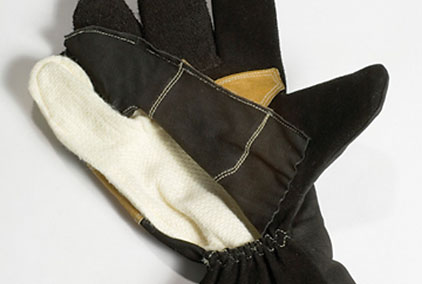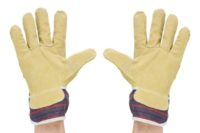Wearing gloves certainly lowers the risk of acute occupational hand injuries — by 60-70 percent, according to a study from the Liberty Mutual Research Institute for Safety. And lately, more and more regulators, employers and manufacturers are focusing on this serious issue. OSHA’s hand protection standard, 29 CFR 1910.138, mandates that employers select and require employees to use gloves when employees’ hands are exposed to certain hazards, and the International Glove Association agrees, having recently launched a new certification and standards program to decrease confusion over standard ratings.
It’s important to note, however, that not all gloves are created equal. A multitude of factors go into selecting the right glove, such as environment, durability, comfort, weight and, increasingly, dexterity. The construction of the glove can make all the difference when it comes to these factors, and there are many options to choose from.
So how are manufacturers addressing this evolving need for better gloves? We may find the answer by taking a look at the fire service industry. Reliable PPE, such as gloves, is critical for these first responders who deal with extreme heat and flame, cuts and tears, on a daily basis. More and more, manufacturers of fire and rescue PPE are seeking out new materials and techniques that offer the perfect combination of performance, durability, dexterity, etc.
Non-woven materials
From fire service to the military, automotive makers to mattress manufacturers, many industries are catching on to the value of non-wovens. For decades, knits have led the thermal liner industry, generally providing the right combination of protection, durability and abrasion resistance. Non-wovens offer the same level of heat protection as well as durability, breathability, water repellency and resistance to tears, punctures, chemicals and more. All at a light weight. Non-woven thermal barriers trap air inside. This adds insulation. Prices tend to be lower because the manufacturing process is less expensive. Stitch-bonded non-wovens, successful for the fire service industry, could be for the industrial workplace as well.
One feature of non-woven materials is enhanced dexterity. Dexterity can be sacrificed for increased durability or thickness. Dexterity is important where fine motor skills are required but can be hindered by stiff, oven mitt-like gloves. Stitch-bonded non-wovens can be the answer. Non-wovens traditionally have been used as liners, with additional layers between the body and the liner. This need for additional layers has been eliminated in some cases by addressing comfort issues, which reduce weight and improve dexterity. The stitch-bonding factor increases dexterity and performance. Abrasive resistance is provided. Doffing and donning is enhanced.
Another technique glove manufacturers are trying to reduce the weight of the glove is combining layers of material. Laminated composites can help here; the move from 2-D to 3-D construction in high-performance gloves, such as gloves in the fire service industry, is bringing more of a mechanics style to a traditionally bulky and low-dexterity product. The 3-D construction allows for an overall better fit and, ultimately, increased dexterity.
New options
According to the U.S. Bureau of Labor Statistics, 30 percent of injuries occur because the gloves are “inadequate, damaged or wrong for the type of hazard present.” Clearly, “one-size-fits-all” just doesn’t apply to the protective glove market anymore. Employers and employees expect more, and glove manufacturers are listening and responding, making new developments in PPE all the time. Just recently, international researchers have been experimenting with a nano fabric that acts like an artificial muscle, automatically sealing the PPE against a flash of heat. Just imagine how that could translate to protective gloves.
New fabrics and techniques differentiate products and help employers make sure their employees — and their businesses — are protected. Whether you work with chemicals or machinery, extreme heat or cold, reliable, durable and properly fitting gloves are critical.


